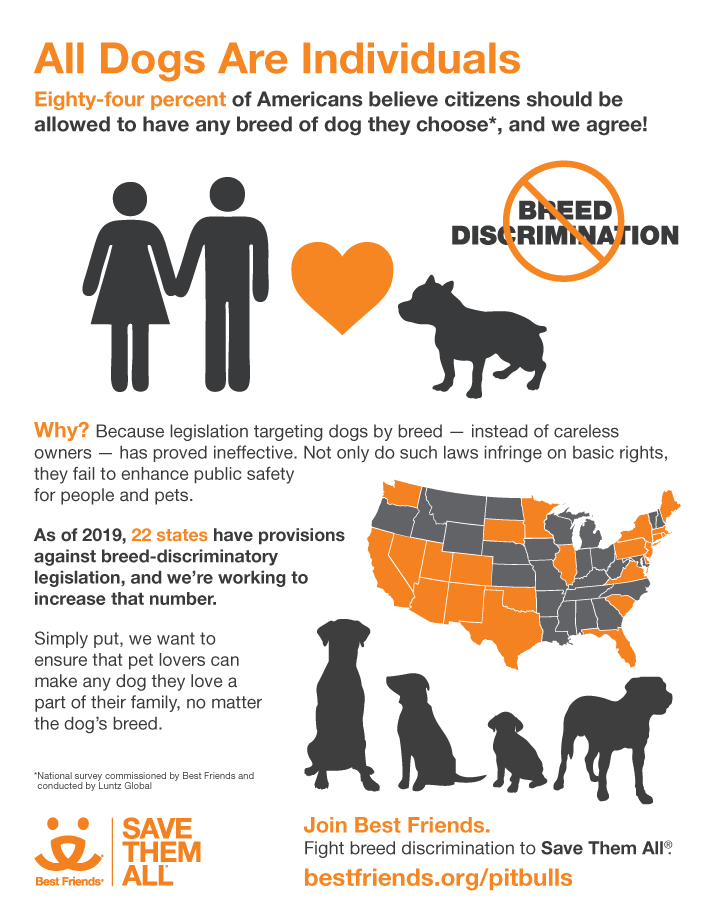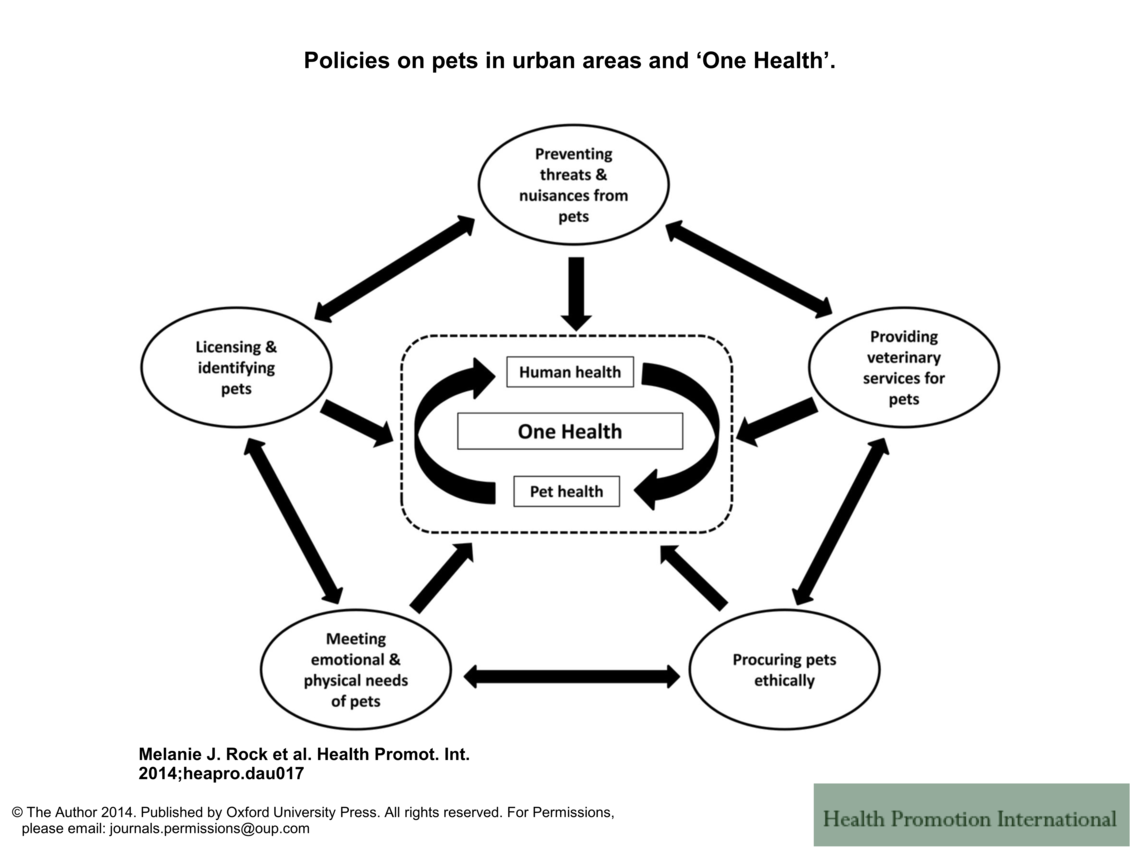Dog bite lawsuits are far more intricate than many people realize. I’ve seen firsthand how these cases can quickly become complicated legal battles, involving various factors that go well beyond the initial incident. With approximately 4.5 million dog bites occurring in the United States each year, according to the Centers for Disease Control and Prevention, it’s crucial to understand the nuances of these cases.
The financial impact of dog bites is staggering. In 2022, insurers in the U.S. paid out more than 1 billion dollars for claims involving injuries caused by dog bites and attacks. This figure underscores the seriousness with which these incidents are treated in the legal system.

Source: Statista
Let’s dive into the various aspects that make dog bite litigation so complex and often unpredictable.
Unconventional Aspects of Dog Bite Litigation
When I first started looking into dog bite cases, I was surprised by the myriad of factors that can influence the outcome. It’s not just about proving that a dog bit someone; the legal landscape is much more nuanced.
One of the first things to understand is that dog bite laws vary significantly by state and sometimes even by municipality. This variation can have a profound impact on how a case is approached and resolved. Some states operate under strict liability laws, meaning the dog owner is responsible for any bite, regardless of the dog’s history or the owner’s knowledge of aggressive tendencies. Other states follow a “one bite rule,” which can complicate matters further.
The average payout for a dog bite lawsuit in the U.S. in 2023 was about $58,500. However, this figure can be misleading as individual cases can vary dramatically based on the severity of the injury, the circumstances of the incident, and the jurisdiction in which the case is tried.
| State | Average Dog Bite Claim Cost (2019) |
|---|---|
| California | $51,264 |
| Pennsylvania | $35,562 |
These numbers highlight the significant financial stakes involved in dog bite cases. It’s not just about medical bills; these lawsuits often encompass a wide range of damages, including lost wages, pain and suffering, and even long-term psychological trauma.
The Role of Canine Behavior Experts
I’ve found that one of the most fascinating aspects of complex dog bite cases is the involvement of canine behavior experts. These specialists bring a level of insight that can completely change the trajectory of a case.
Canine behavior experts analyze a multitude of factors, including breed characteristics, training history, and environmental stressors. Their expertise can be crucial in establishing or refuting claims of provocation or negligence. I remember a case where an expert’s testimony about a dog’s improper socialization and lack of training shifted the liability towards the owner’s negligence rather than the dog’s inherent nature.
These experts don’t just look at the dog’s history; they often conduct behavioral assessments that include evaluations of the dog’s body language, vocalizations, and response to various stimuli. This comprehensive approach provides a more nuanced understanding of why a dog may have bitten someone.

Source: BigCommerce
Analyzing Bite Patterns
Bite pattern analysis is a specialized field that I find particularly intriguing. Experts in this area can interpret bite patterns to determine the severity of an attack and even gauge the dog’s state of mind during the incident. This information can be pivotal in liability determinations and affect compensation amounts.
When analyzing bite patterns, experts consider factors such as the depth, location, and number of bites. Different patterns may indicate whether the dog was acting defensively or aggressively. In some cases, forensic odontology techniques are used to match bite marks to specific dogs, much like fingerprinting in human criminal cases.
Breed-Specific Considerations
The breed of the dog involved in a bite incident can significantly impact a case. Some breeds are subject to stricter liability laws, which can affect both the legal approach and potential settlement amounts. It’s crucial to be aware of any breed-specific legislation in your area if you’re involved in a dog bite lawsuit.
Breed-specific legislation may impose additional requirements on owners of certain breeds. For instance, some areas require higher insurance coverage for breeds considered “high-risk.” In disputed cases, genetic testing might even be used to determine a dog’s breed accurately.

Source: Best Friends Animal Society
The Impact of Local Leash Laws
Local leash laws play a significant role in dog bite cases, often serving as a clear indicator of an owner’s negligence. I’ve seen cases where violations of these laws substantially strengthened a plaintiff’s position.
Leash laws can vary widely by jurisdiction. They may specify the length and type of leash required, as well as designate areas where dogs must be leashed. It’s worth noting that in some jurisdictions, violations of leash laws may be considered “negligence per se,” which can be a powerful tool for plaintiffs.
Interestingly, electronic or “invisible” fences may not satisfy leash law requirements in all areas. This is something many dog owners don’t realize until it’s too late.
A recent incident in San Jose highlighted the potential dangers of unleashed dogs, even in controlled environments. A police K-9 severely injured a man, ripping his face and biting off his ear [KTVU]. While this case involves a working dog, it underscores the importance of proper control and handling of all dogs, regardless of their training or purpose.
Gathering Evidence of Leash Law Violations
If you’re involved in a dog bite case as a plaintiff, documenting instances of the dog being off-leash in areas where leash laws are in effect can be powerful evidence. This kind of documentation can help establish a pattern of negligence on the part of the dog owner.
Photographic or video evidence of leash law violations can be particularly compelling in court. Witness statements from neighbors or other community members can also corroborate these violations. In some cases, it may be possible to obtain records of previous citations for leash law violations from local animal control authorities.
The Influence of Property Insurance on Settlements
Many people don’t realize that homeowners’ or renters’ insurance policies often play a crucial role in dog bite cases. Understanding how insurance factors into these cases is essential for both plaintiffs and defendants.
Standard homeowners’ policies typically cover dog bite liability up to the policy limits. However, some insurance companies exclude certain dog breeds or require additional coverage for dogs. This can significantly impact the negotiation process and settlement amounts.
In 2022, homeowners’ insurers paid out a staggering $1,116 million in liability claims related to dog bites and other dog-related injuries. This figure highlights the significant financial stakes involved in these cases and underscores why insurance companies take them so seriously.
From a different perspective, some argue that the involvement of insurance companies in dog bite cases can sometimes lead to inflated claims. Critics suggest that the knowledge of available insurance coverage might encourage some plaintiffs to seek higher compensation than they might otherwise pursue. This dynamic adds another layer of complexity to the negotiation process in dog bite lawsuits.
Psychological Aspects of Dog Bite Claims
In my experience, the psychological impact of a dog bite can be just as significant as the physical injuries, if not more so. Addressing these aspects in a lawsuit is crucial for ensuring comprehensive recovery and maximizing compensation.
Psychological damages resulting from a dog bite can include anxiety, depression, and phobias related to dogs or outdoor activities. These effects can be long-lasting and may require extensive therapy or treatment. To establish the extent of emotional trauma, expert psychological evaluations are often necessary.

Source: University of Calgary
Post-Traumatic Stress Disorder (PTSD) in Dog Bite Cases
Post-Traumatic Stress Disorder (PTSD) resulting from a dog attack is a serious condition that can be considered a compensable injury in legal terms. However, proving its existence and impact requires careful documentation and expert testimony.
For a PTSD diagnosis to be considered valid in a dog bite case, it must meet specific clinical criteria. Treatment for PTSD may include cognitive-behavioral therapy, exposure therapy, and medication. The long-term prognosis and impact on daily life are important factors in determining compensation for PTSD.
I recall a case where a victim of a severe dog attack developed PTSD, experiencing nightmares, flashbacks, and an inability to be around dogs. Through therapy and medication, they were able to manage their symptoms, but the ongoing treatment costs and impact on their quality of life were factored into their compensation claim.
Quantifying Emotional Distress
One of the challenges in dog bite cases is quantifying emotional distress. It’s not enough to simply claim emotional distress; concrete evidence of its impact on your life is necessary. This is where psychological evaluations and therapy records become invaluable.
Standardized psychological assessments can provide objective measures of emotional distress. Therapy records can document the progression of symptoms and treatment efficacy. Expert testimony from mental health professionals can help quantify the long-term impact of emotional distress, providing a clearer picture of the non-physical damages involved in the case.
Long-Term Psychological Effects on Children
Dog bites can have particularly profound and lasting psychological impacts on young victims. These incidents can potentially affect a child’s development and future relationships with animals. As someone who’s worked on cases involving child victims, I can attest to the importance of addressing both the immediate and long-term psychological effects.
Children may develop specific phobias or generalized anxiety disorders following a dog bite. In some cases, young children might experience developmental regression or behavioral changes. Long-term follow-up and age-appropriate psychological interventions are often necessary for child victims to ensure proper healing and adjustment.
Source: YouTube
Educational Accommodations
In severe cases, children may require special educational accommodations due to trauma from a dog bite. These accommodations can be included in compensation claims, a fact that many people overlook when considering the full impact of a dog bite incident.
Individualized Education Programs (IEPs) may be necessary for children with severe trauma. Accommodations might include modified schedules, counseling services, or alternative learning environments. Documentation from educators and school psychologists can support claims for these educational accommodations, providing a more comprehensive picture of the bite’s impact on the child’s life.
Future Therapy Costs
Projecting long-term therapy needs for child victims is a crucial component of settlement negotiations in dog bite cases. It’s important to consider not just immediate medical costs, but also the potential need for ongoing psychological support as the child grows and develops.
Life care planners may be consulted to estimate future therapy costs. Factors such as the child’s age, severity of trauma, and response to initial treatment all influence projected therapy needs. It’s also important to consider inflation and potential changes in healthcare costs when making these long-term projections.
Navigating Insurance Company Tactics
Dealing with insurance companies in dog bite cases can be a challenging aspect of the legal process. I’ve seen firsthand how insurance companies often employ various strategies to minimize payouts in these cases.
Insurance adjusters may use recorded statements to minimize the severity of injuries or shift blame. They might also employ delayed response tactics to pressure victims into accepting lower settlements. Being aware of these tactics is crucial for securing fair compensation.

Source: Wondershare
The “One Bite Rule” and Its Exceptions
The “one bite rule” is a legal concept that can significantly impact dog bite cases in certain jurisdictions. This rule essentially gives dogs and their owners a “free pass” on the first bite, assuming the owner had no prior knowledge of the dog’s aggressive tendencies.
However, there are important exceptions to this rule that plaintiffs should be aware of. The “one bite rule” may not apply if the owner knew or should have known of the dog’s dangerous propensities. Some states have abolished this rule entirely in favor of strict liability for dog owners.
Exceptions to the rule may also include violations of leash laws or other local ordinances. Understanding how this rule applies in your jurisdiction is crucial for building a strong case.
| State Type | Dog Bite Liability Approach |
|---|---|
| Strict Liability | Owner always liable for dog bites |
| One Bite Rule | Owner liable only if aware of previous aggression |
| Mixed Approach | Combination of strict liability and negligence standards |
Proving Owner Knowledge of Aggression
Even in states that follow the “one bite rule,” evidence of prior aggressive behavior can establish liability, regardless of whether the dog has bitten before. Gathering this evidence can be crucial for your case.
Prior incidents of growling, snapping, or lunging may be considered evidence of aggressive tendencies. Witness testimony from neighbors, postal workers, or delivery persons can establish a history of aggressive behavior. Training records or veterinary notes may provide insight into the dog’s temperament and the owner’s awareness of potential issues.
Challenging Breed Exclusions in Insurance Policies
Some insurance policies exclude coverage for certain dog breeds, which can complicate the process of securing compensation in dog bite cases. Understanding how to challenge these exclusions can be crucial for a successful claim.
Breed exclusions may be challenged on the basis of inaccurate breed identification or mixed breed status. Some states have laws prohibiting insurance companies from denying coverage based solely on dog breed. In cases where breed exclusions are upheld, alternative coverage options, such as canine liability policies, may be available for excluded breeds.
Utilizing Expert Testimony on Breed Behavior
Expert witnesses can provide valuable testimony
Expert witnesses can provide valuable testimony to counter breed-based stereotypes and challenge the validity of breed exclusions in insurance policies. This testimony can be a powerful tool in overcoming breed-related obstacles in your case.
Canine behaviorists can provide scientific evidence on breed-specific traits and individual dog behavior. Statistical data on bite incidents by breed can be used to challenge assumptions about breed aggression. In cases involving mixed-breed dogs, genetic testing may be used to dispute breed identification.

Source: Zirkin & Schmerling Law
Innovative Approaches to Dog Bite Settlements
In my experience with dog bite cases, I’ve seen a growing trend towards more creative and comprehensive settlement solutions. These innovative approaches often go beyond traditional monetary settlements to address the unique needs of victims and promote responsible pet ownership.
Structured Settlements for Long-Term Care
For cases involving severe injuries, structured settlements can provide ongoing financial support for medical care and rehabilitation. This approach ensures victims have the resources they need for long-term recovery, which is particularly important in cases with lasting physical or psychological impacts.
Structured settlements offer several advantages. They can provide tax benefits and protect against premature depletion of funds. Payment schedules can be customized to meet specific long-term care needs, ensuring a steady flow of resources as the victim’s needs evolve over time.
I recall a case where a victim with severe facial injuries from a dog bite received a structured settlement that provided monthly payments for ongoing medical treatments and reconstructive surgeries over a 10-year period. This approach ensured consistent financial support throughout their recovery journey, adapting to changing needs as they arose.
Life Care Planning for Severe Cases
Developing a comprehensive life care plan is crucial for ensuring all future medical and care needs are accounted for in severe dog bite cases. This is particularly vital when dealing with permanent disabilities or long-term psychological trauma.
Life care plans typically include projections for medical treatment, therapy, adaptive equipment, and personal care. Vocational experts may be brought in to assess the impact on earning capacity and career prospects, especially for victims whose injuries affect their ability to work in their chosen field.
When creating these plans, we factor in inflation and potential advancements in medical treatment. This forward-thinking approach helps ensure the settlement remains adequate for years to come, even as healthcare costs and treatment options evolve.
Community Service and Education Programs
An interesting trend I’ve observed in recent settlements involves provisions for dog owners to complete community service or education programs focused on responsible pet ownership. These programs serve a dual purpose: they help prevent future incidents and promote community safety.
Court-mandated education programs often cover topics such as dog behavior, proper training techniques, and local laws. Community service requirements might include volunteering at animal shelters or participating in public safety initiatives. The completion of these programs may be tied to probationary periods or reduced penalties, providing an incentive for dog owners to engage fully in the process.
Partnering with Local Animal Shelters
Some settlements now include requirements for dog owners to volunteer at or donate to local animal shelters. This approach not only promotes responsible pet ownership but also benefits local animal welfare organizations.
Volunteer hours can be structured to provide hands-on experience with proper animal handling and care. Donations may be earmarked for specific programs, such as behavior assessment or public education initiatives. These partnerships can provide ongoing support and resources for dog owners to improve their pet management skills, potentially reducing the risk of future incidents.

Source: Animal Foundation
Dog bite lawsuits are multifaceted legal challenges that require a nuanced understanding of various factors. From the role of canine behavior experts to the psychological impact on victims, each case presents unique considerations. By staying informed about these aspects, you can better navigate the complexities of dog bite litigation.
Have you been involved in a dog bite incident? Ultra Law is here to help. Our experienced team understands the intricacies of dog bite cases and can provide the expert guidance you need. We’re committed to securing fair compensation for your physical and emotional injuries. Don’t face this challenging situation alone – contact Ultra Law today for a free consultation and let us fight for your rights.
Key Learnings Recap
- Dog bite lawsuits involve complex factors beyond just the physical injury
- Expert testimony from canine behaviorists can significantly impact case outcomes
- Psychological trauma, especially in children, is a crucial component of dog bite claims
- Understanding insurance company tactics is essential for securing fair compensation
- Creative settlement approaches can address both victim needs and community safety
- Proper documentation and evidence gathering are critical for building a strong case
- Local laws and regulations play a significant role in determining liability and damages




